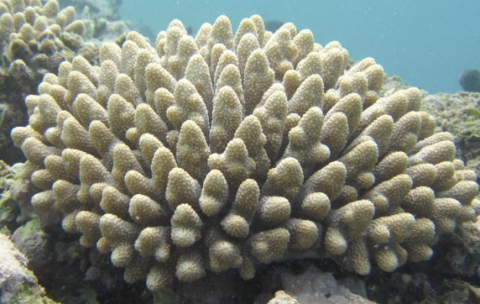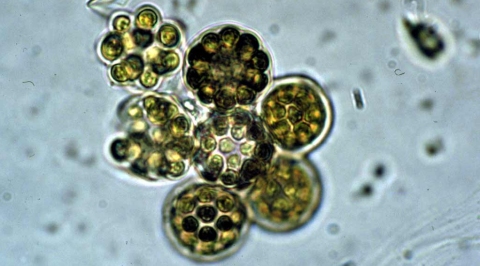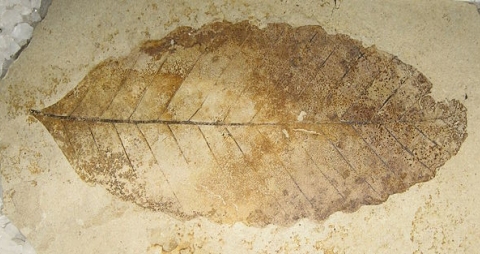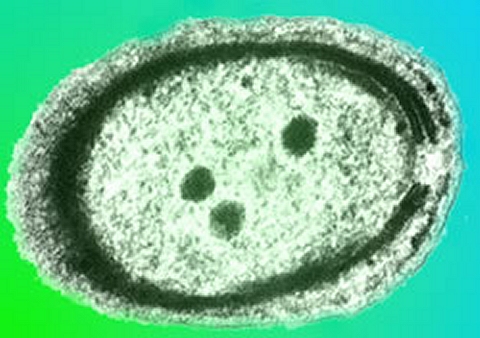
This past weekend, I spoke at the Appalachian Home Educators Conference. I gave a total of eight talks over three days, which is a lot! Six of the talks were solo: Being a REAL Environmentalist, Why Homeschool Through High School, What About K-6 Science?, “Teaching” High School at Home, “Teaching” the Junior High and High School Sciences at Home, and Teaching Critical Thinking. I also did two talks with Diana Waring: Homeschooling: The Environment for Genius and Textbook Myths and How to Deal with Them.
In addition to having a great time talking with homeschoolers, I got a chance to spend some time in the Great Smoky Mountains National Park. The highlight was an 8-mile hike (4 miles there and 4 miles back) on the Appalachian Trail to a rock formation known as “Charlie’s Bunion.” The rock formation itself isn’t all that spectacular, but the view from it is! The picture above gives you some idea of what I saw. It was truly gorgeous.
Of course, the conference was the reason I went, so let’s get back to that. The talks went well, and I got a lot of great questions. One student who had used some of my books and then went to a secular university came up to me while I was at my publisher’s booth. He had a whole list of questions he wanted to ask me after spending a year learning science from an evolutionary point of view. I enjoyed answering his questions, and I was so happy that he was willing to take the time to get a different opinion instead of just blindly accepting what his professors told him, as is (unfortunately) the case for so many university students.
Continue reading “The Appalachian Home Educators Conference”









